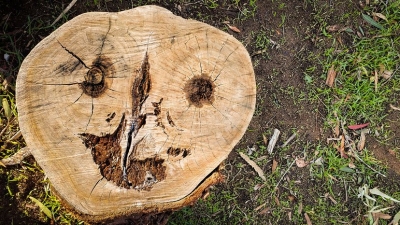
Have you ever looked at the clouds, the moon, or even a blank wall, and stared at it once again after having noticed something that looked like a human face? A common phenomenon that happens nearly with everyone, we never stop to think about it.
It has been known for long now that the brains of human beings are hardwired to see human faces, even in places where there are none. This is the reason we occasionally see faces in the moon, clouds, or walls, and even in random objects such as toys and boxes.
What is the brain doing?
While this much has been known, scientists have been trying to understand what exactly the brain is doing when it processes visual cues and interprets them as facial representations. In July, neuroscientists at the University of Sydney suggested that the cognitive processes that identify such illusory faces are the same as that used by the brain to identify and analyse real human beings.
When it comes to real human beings, detecting faces quickly is a great advantage and the response generally occurs within a few hundred milliseconds. The scientists believe that from an evolutionary point of view, the benefit of never missing a face far outweighs the errors when random objects are perceived as faces.
As a result, the recognition system uses a loose idea of a face, classifying anything that resembles something like two eyes over a nose and a mouth as a face. The common facial structure, thus, is employed by the brain as a shortcut for detecting faces rapidly and then discerning its expressions.
Face pareidolia
When we see faces in inanimate objects, most of us quickly realise the error. This error, known as “face pareidolia”, leaves us with a strange experience where an inanimate object is simultaneously perceived as a compelling face.
This is because these face pareidolia aren’t discarded by the brain as false positives always, but are scanned for expressions the same way as real faces on occasions. As deeply social beings, making out a face’s expressions allows us to identify if a stranger will be friendly or not, or if someone we know is happy or sad, and a face pareidolia seems to be no exception to the process.
So the next time someone tells you that they saw a face somewhere unexpected, try to tell them about face pareidolia. The knowledge wouldn’t stop us from seeing faces even in places where they aren’t there, but we at least know what exactly our brains are trying to do.
Picture Credit : Google




